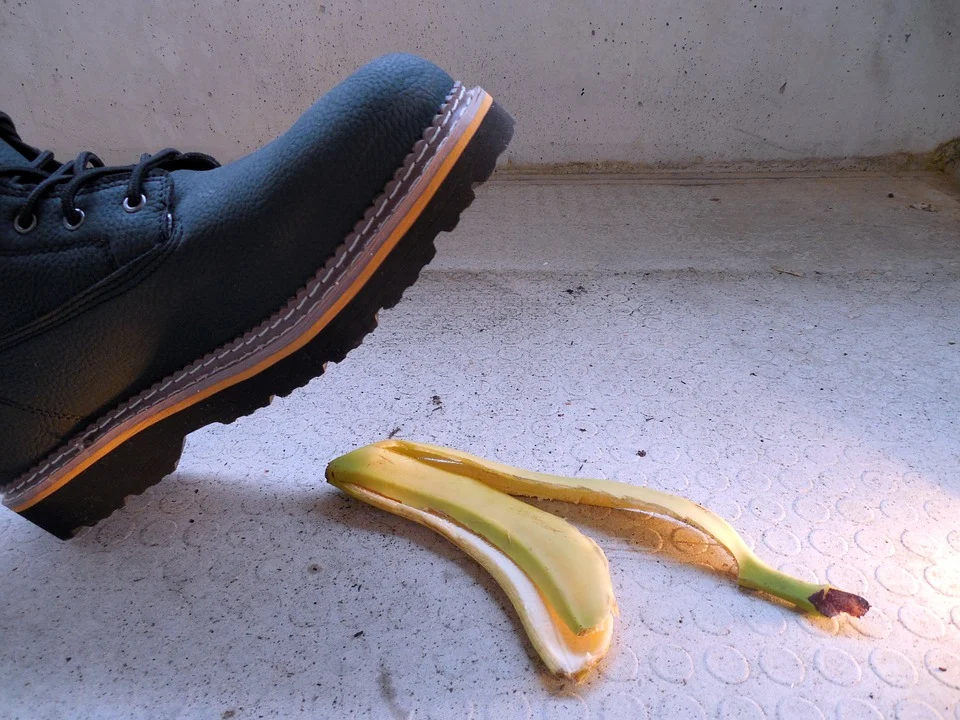
How Much Non-Slip Coating Should You Use?
Non-slip coatings are becoming increasingly familiar. They are used everywhere from floors to packaging. However, it can be difficult to know exactly how much non-slip coating to use for different substrates and surfaces. Here’s a quick guide.
What are non-slip coatings?
Non-slip coatings can be applied to many different products. Many of your floors will have non-slip finishes, but this treatment is also widely used on pallets in the shipping industry.
Non-slip coatings are also applied to the paper and cardboard that covers many of the surfaces found in public transport. Invisible, effective, and guaranteed to stick, the coating creates a surface that reduces the vulnerabilities traditionally created by water, detergents, angles, and vibrations.
How do non-slip coatings work?
Most non-slip coatings create a textured surface which increases friction. Slip-resistance is measured by pendulum tests, ramp tests, and micro-roughness testing. Micro-roughness testing aims to establish whether or not a surface can break through various contaminants, while the other tests mimic actions such as movement or walking in order to determine how well a surface resists slippage.
This basic principle can be extended to any substrate. However, as all materials have slightly different physical and mechanical properties, they often need different anti-slip treatments. This means that the application needs to be carefully measured and controlled. Good anti-slip treatments offer good return on investment (ROI) by combining low grams per square metre (gsm) with excellent micro-roughness.
How much non-slip coating should I apply?
If you are using a product such as the popular FP 2177, it’s good news. Whether you are applying it to paper, cardboard, or other substrates, it offers a highly efficient coating. The amount of anti-slip adhesive you need depends entirely on the porosity of the substrate. For very porous substrates such as cardboard, a dry coating weight of 8gsm is required. For non-porous substrates, 5gsm is sufficient for excellent results. This must be dried above 95oC, which can be achieved with a hot air wind tunnel, infra-red, or ecologically friendly UV drying. Due to its unique tactile qualities, FP 2177 is often used for packaging. In this case, either gravure or anilox rollers are ideal for application.
Getting it right
When it comes to applying anti-slip coatings, it pays to get it right. Formulated Polymers are here to answer your questions. Call (+44) 01706 828 208 to find out more about your non-slip options.
Image source: Pixabay



